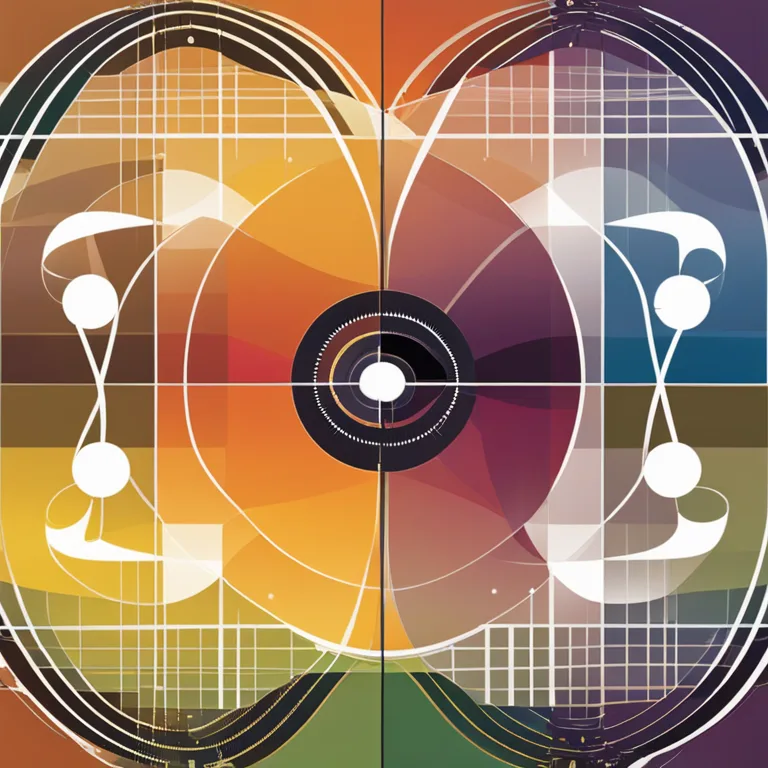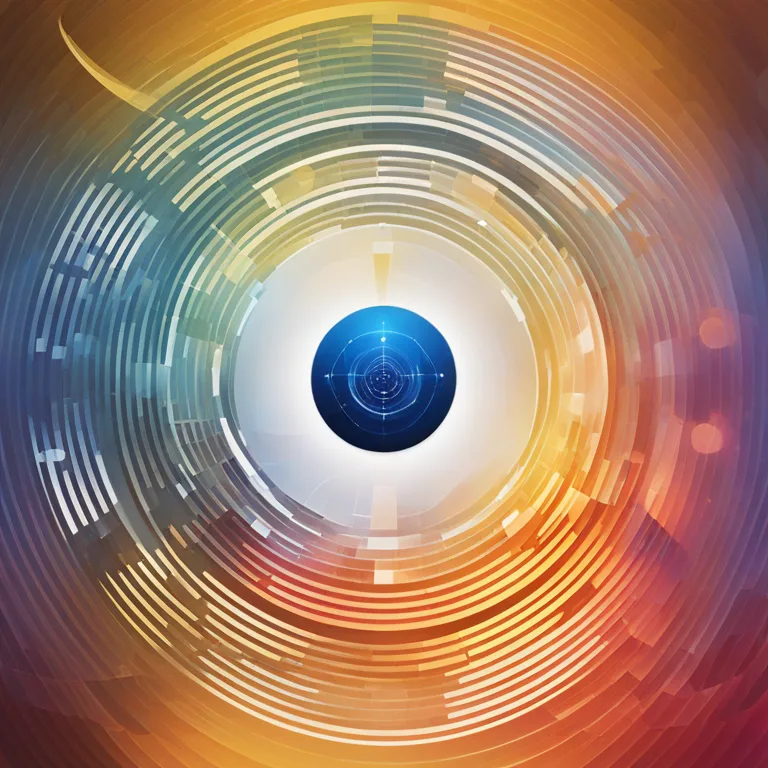
The Essence of Biorhythms: Life's Natural Cycles
Discover the foundations of biorhythms and how these intrinsic cycles influence our physical, emotional, and intellectual well-being.
article by Adrian Wallace
Introduction to Biorhythms
Biorhythms are a complex yet fascinating concept believed to affect the fluctuating states of human well-being. Originating from the Greek words "bios" (life) and "rhythmos" (rhythm), this concept suggests that our lives are influenced by rhythmic biological cycles. These cycles are thought to predict various aspects of an individual's capabilities and emotions, potentially offering insights into personal optimization. Rooted in the theory that human life can be divided into cycles, biorhythms captivate those who seek to harmonize with their innate patterns.

The Core Biorhythms
The foundation of biorhythm theory lies in three core cycles: physical, emotional, and intellectual. The physical cycle, lasting 23 days, governs aspects such as strength, coordination, and well-being. The emotional cycle, with a 28-day span, influences creativity, mood, and perception. The intellectual cycle takes 33 days to complete and affects analytical abilities, memory, and communication. Understanding these cycles can provide individuals with a framework to anticipate their peak performance periods and potential down times.

The History and Evolution
The study of biorhythms dates back to the late 19th century but garnered significant attention in the 1970s when it was popularized as a self-help tool. Initially, these concepts were embraced with enthusiasm by the general public, although scientific scrutiny remained skeptical about the empirical validity. In recent years, the digital revolution has allowed for a resurgence of interest in biorhythms, with numerous apps and online calculators enabling individuals to track their personal cycles with ease, reflecting a modern-day adaptation of ancient interests in cyclical patterns of life.

Scientific Underpinnings
While the scientific community remains divided on the efficacy of biorhythm theory, certain rhythms like circadian rhythms, which dictate our sleep-wake cycles, are widely acknowledged. Advances in chronobiology - the science of biological time structures - have partially shadowed traditional biorhythms with more nuanced views on periodic biological fluctuations. Nevertheless, supporters of biorhythms suggest that discreet cyclical patterns can interact with our day-to-day life, albeit in more subtle ways than once proposed by earlier theory proponents.

Practical Applications
Proponents of biorhythms advocate for their consideration in planning daily activities, athletic training, and even in major life decisions. By aligning activities with the peaks of relevant cycles, one may, theoretically, improve performance and decision-making. Critics argue that such synchronization lacks robust scientific backing, but this does not deter enthusiasts from employing biorhythm-based strategies in their personal and professional lives.
Biorhythms in a Modern Context
As we move further into the 21st century, the intersection of technology and wellness continues to bring biorhythms into contemporary discourse. Wearable tech devices now incorporate sensors and software capable of predicting physical and emotional states, which is, in essence, a scientific nod toward biorhythmic ideas. Enthusiasm for personalized health information keeps the conversation around biorhythms alive, merging age-old concepts with cutting-edge technology to foster a deeper understanding of the human body's natural rhythms.
Conclusion
While biorhythms may not be universally accepted, the concept presents an intriguing framework through which individuals can understand and potentially harness their inherent cycles. As we continue to seek balance and self-awareness in our hectic modern lives, biorhythms may offer another dimension of insight. Whether or not biorhythms become a fully acknowledged component of mainstream science, their presence in the narrative of personal well-being is likely to persist and evolve with new technological advancements.
Published: 12/28/2023
Modified: 12/28/2023
More predictions
Come back here soon to learn more about yourself and your future


The Accuracy of Biorhythms: Fact or Fallacy?
Evaluating the precision of biorhythms and how they merit in personal assessment for the contemporary mindful individual.


Biorhythm Birthday Compatibility: Syncing Life Cycles
Discover the intriguing concept of biorhythm birthday compatibility and how syncing life cycles can influence personal relationships.


BioRythm Compatibility: Syncing Life's Rhythms Together
Discover how biorhythm compatibility can influence your personal relationships and find harmony with life's natural cycles.